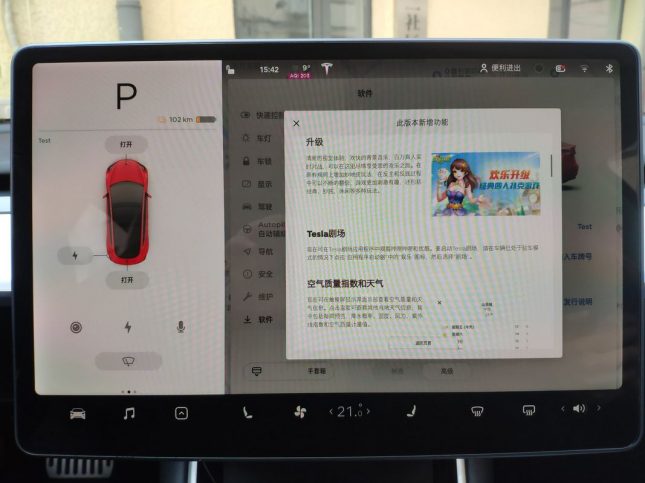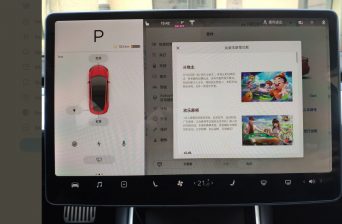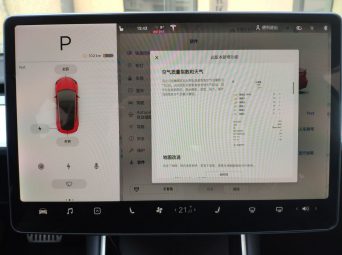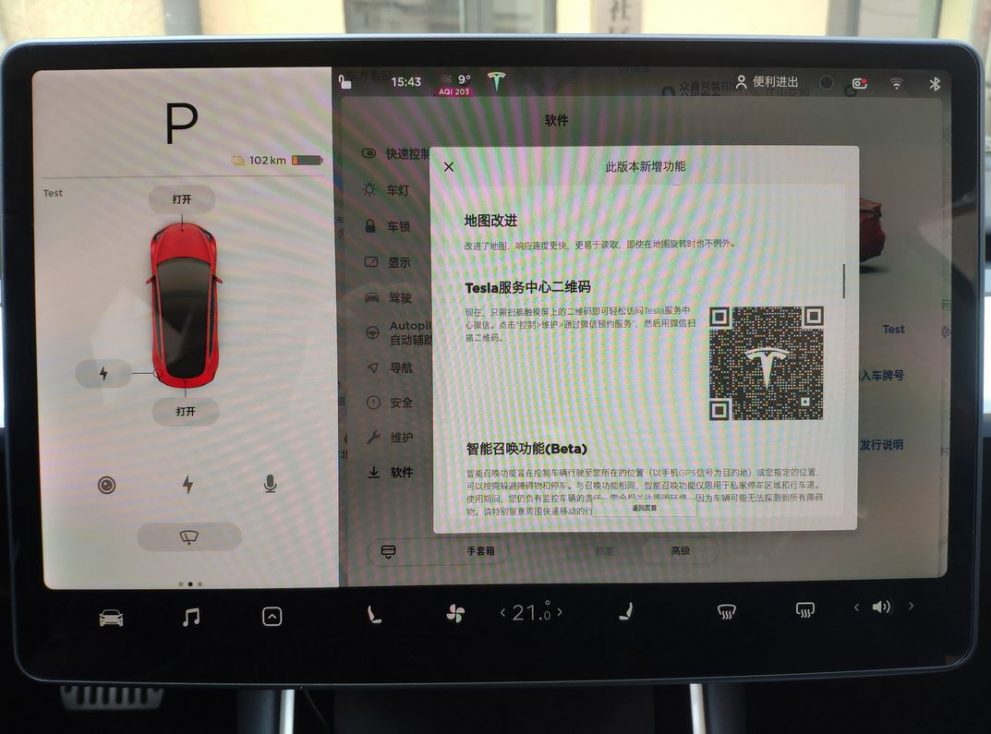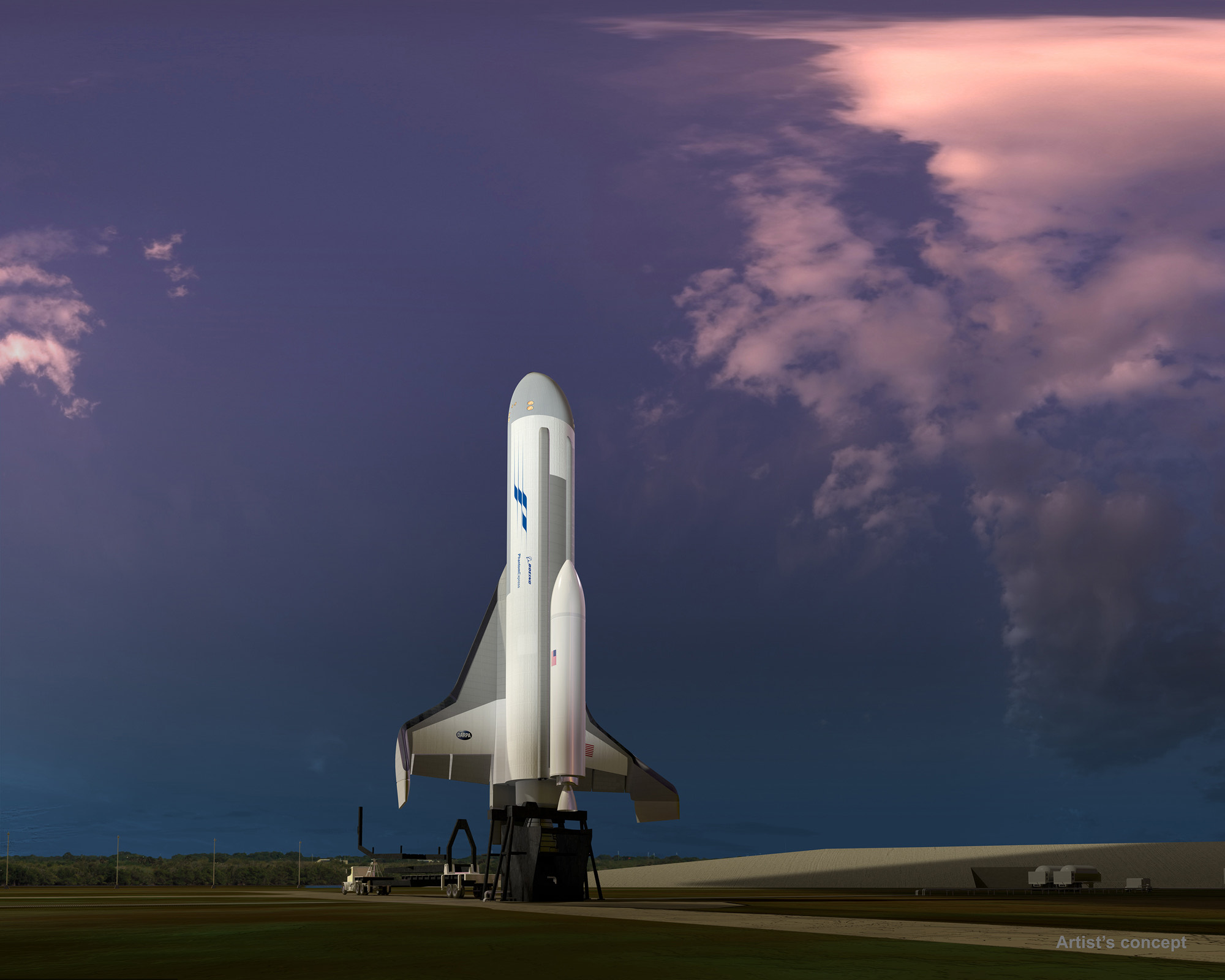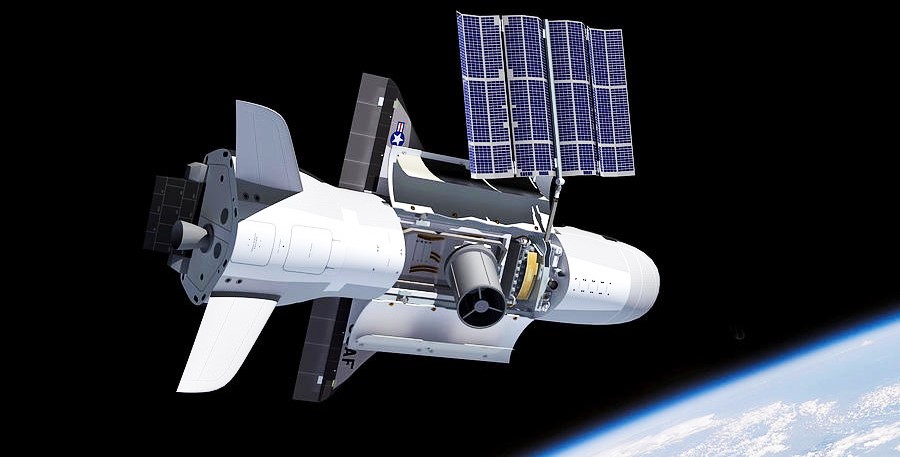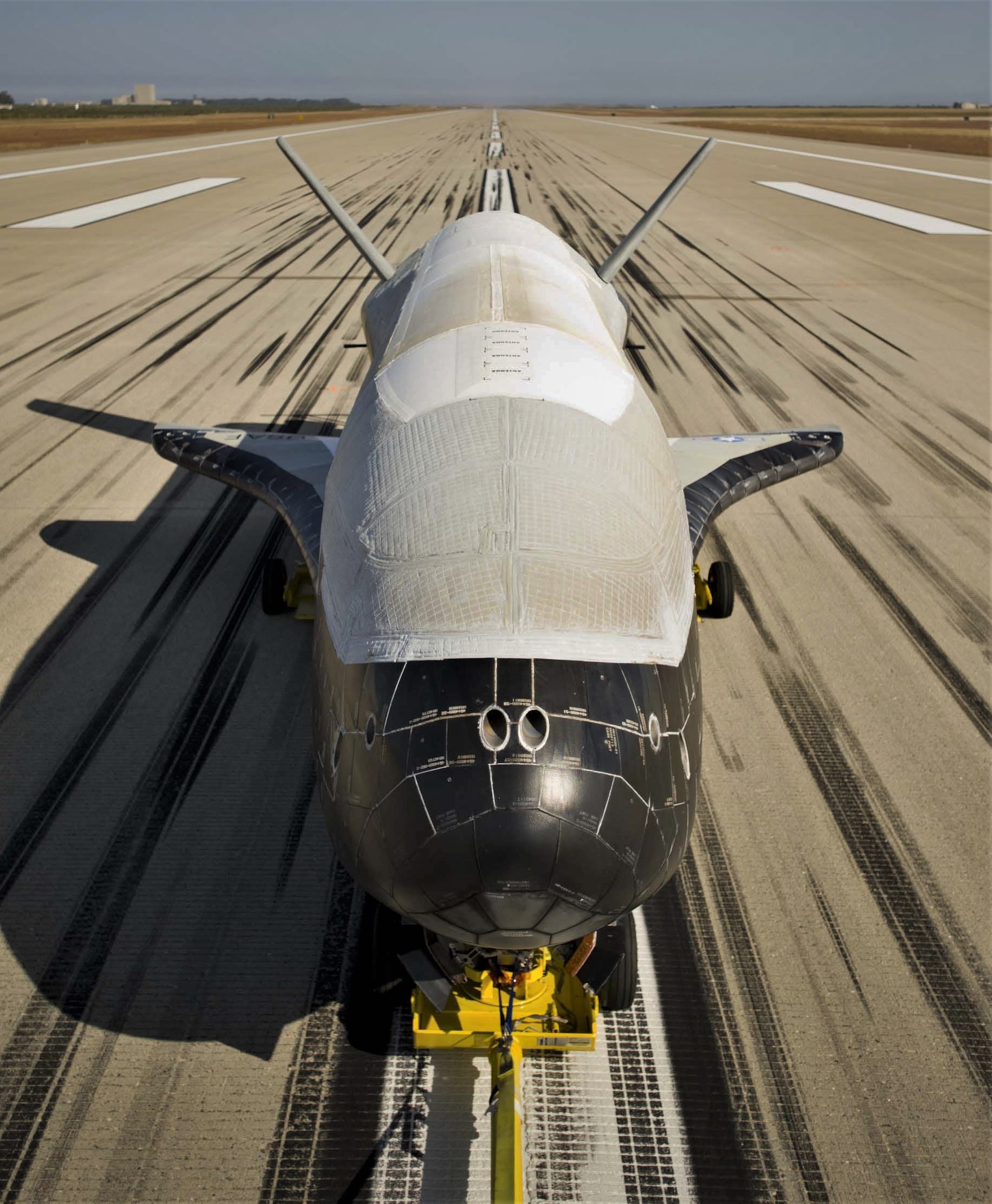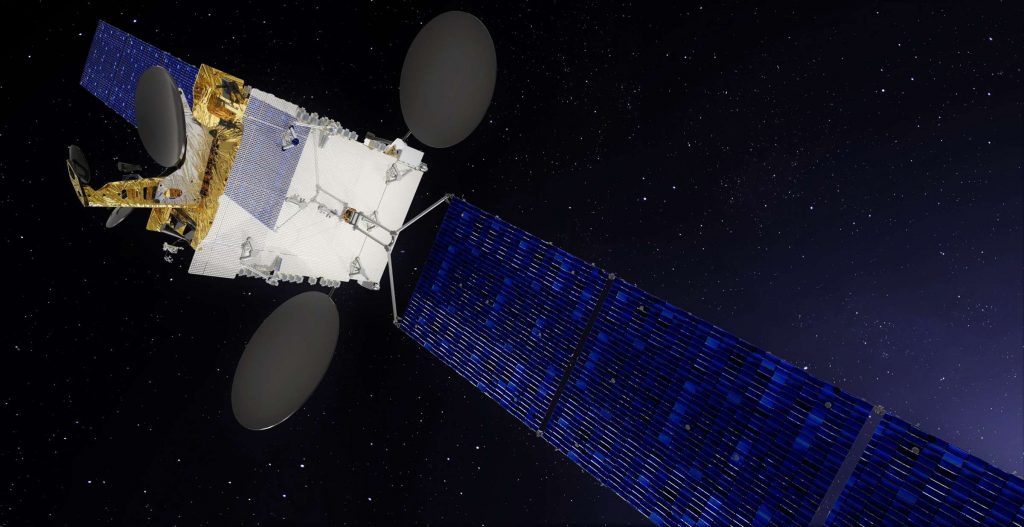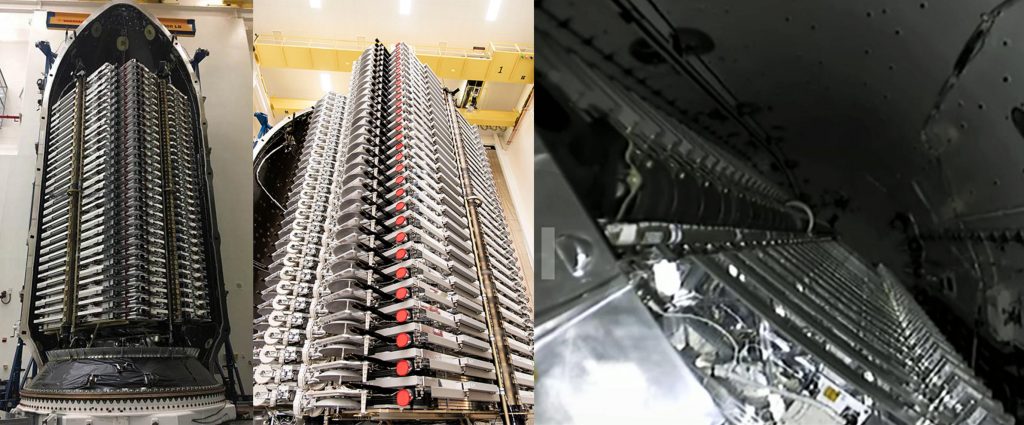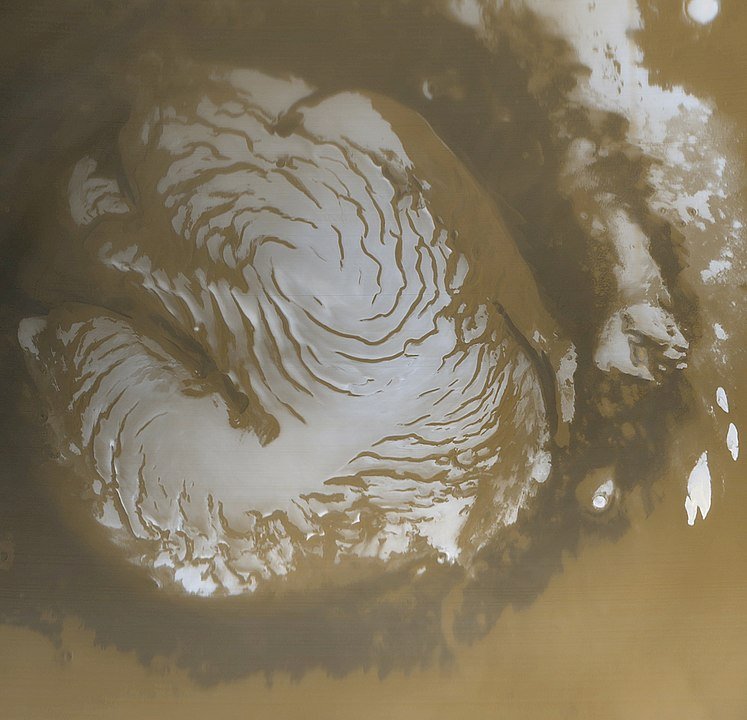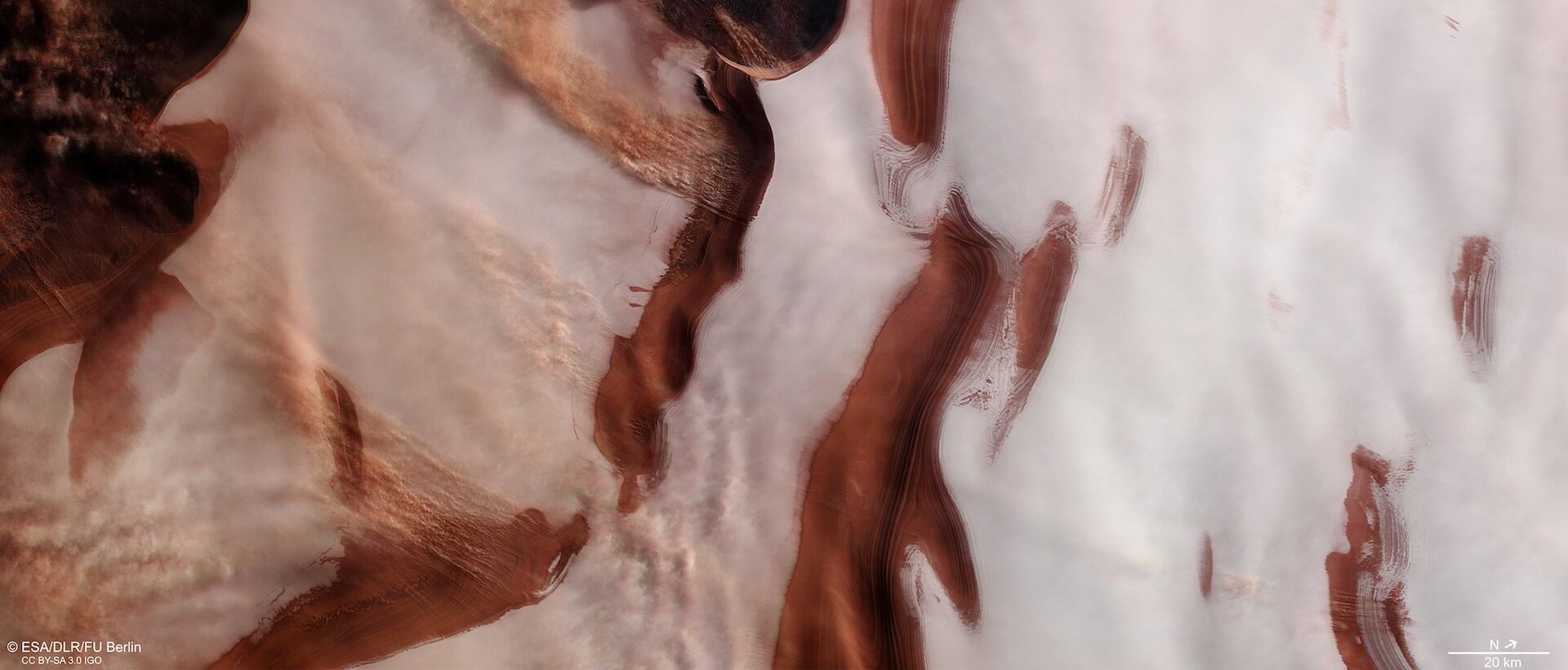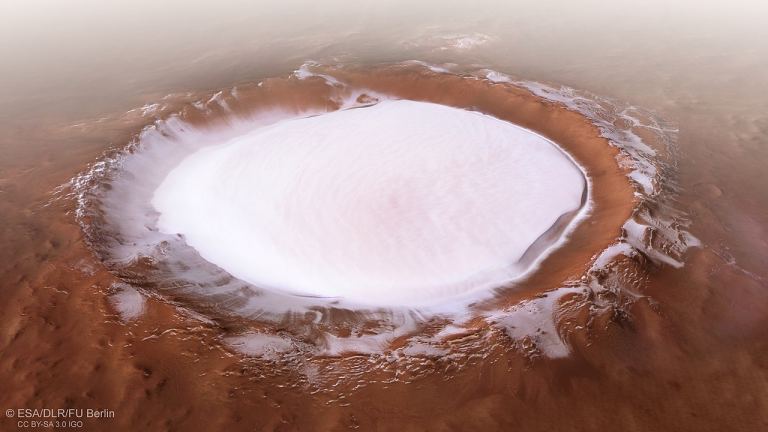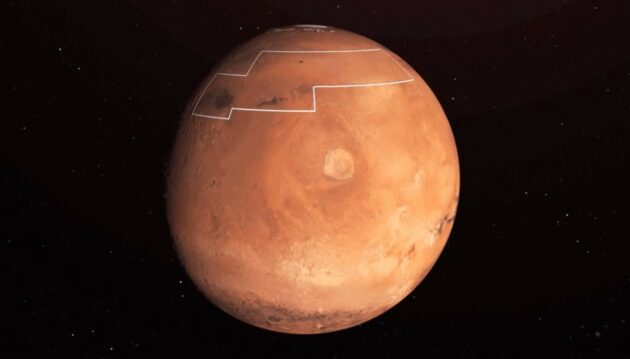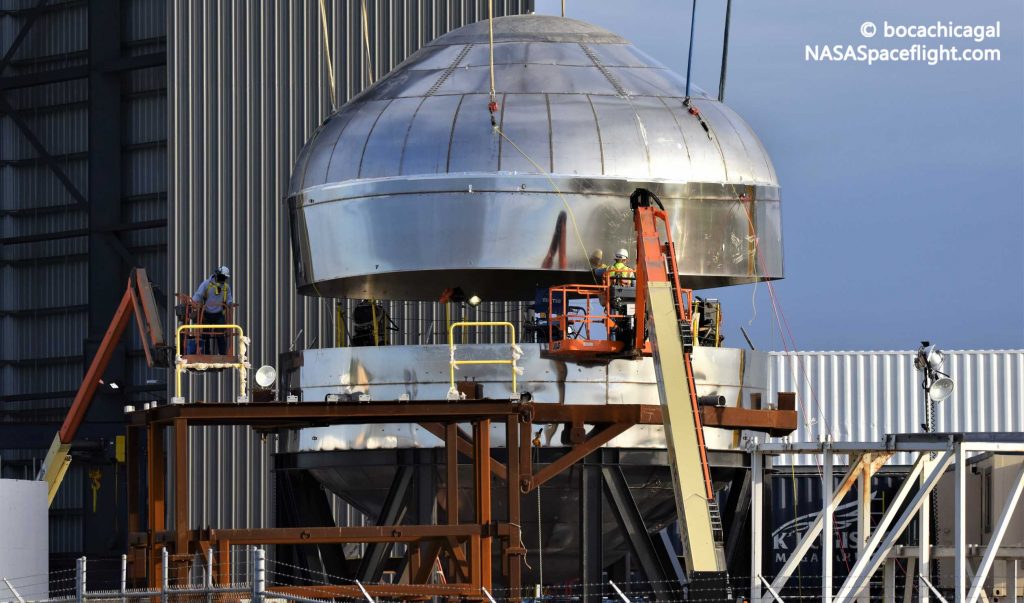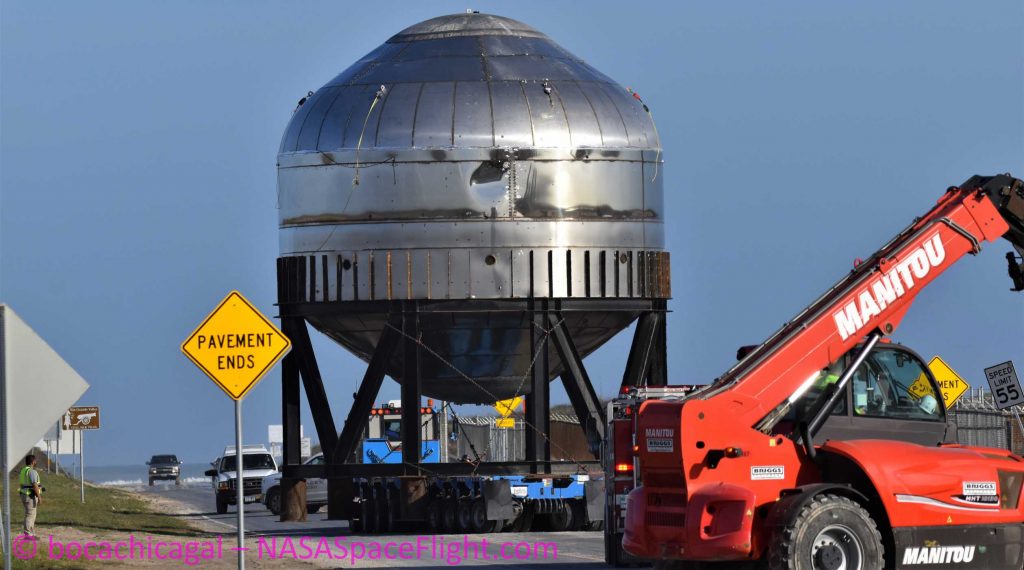There was a time, not too long ago, when Tesla skeptics questioned the company’s focus in designing and producing its own batteries with a dedicated partner like Panasonic and a facility like Gigafactory 1 in Nevada. Batteries, after all, are available off-the-shelf from companies like LG Chem, and it seemed pretty futile for Tesla to insist that it needs its own battery supply for its future business.
Fast forward to 2020, and Tesla’s extreme focus on battery development is paying off in spades. Over the years, Tesla has acquired multiple companies that have, in some way, enabled the company to accelerate or improve its products’ batteries. Included among these are Grohmann Automation, whose machines are the bread and butter in Gigafactory 1, Maxwell Technologies, and more recently, HIBAR systems.
At this point, Tesla’s batteries have pretty much become the gold standard for EVs, and the company appears to be well on its way towards releasing vehicles that have a range of 400 miles or more. The Plaid Model S and X will likely be the first of these, as well as the next-gen Roadster, which will have 620 miles of range. Even the reasonably-priced Cybertruck tops out at over 500 miles of range per charge. Massive battery developments are needed to achieve these, and Tesla seems to have done it, or at least is well on its way.
This does not appear to be true for other OEMs attempting to enter the electric vehicle market. As veteran companies unveiled their EVs, and as none have really managed to hold a candle to Tesla’s flagship Model S in terms of range, it is becoming evident that the electric car maker’s investments in batteries may have actually been the right strategy all along. Daimler, for one, seems to be feeling this inconvenient truth, with works council chief Michael Brecht explaining during a recent interview with Manager Magazin that Tesla’s battery-related acquisitions are actually having an effect on Germany’s EV efforts.
Daimler launched its first EV, the Mercedes-Benz EQC, in 2018, and it has not really lived up to the hype. Despite being dubbed at some point as a potential “Tesla Killer” due to its pedigree and excellent German build quality, the all-electric SUV has faced battery shortages and low sales. Registrations in Germany for the vehicle only show about 55 units sold to date despite all the ad campaigns dedicated to the SUV. Battery supply shortages have also forced Daimler to cut the annual production target of the EQC by 50% from 60,000 to just 30,000.
Quite interestingly, Brecht partly blames Tesla for some of the challenges facing the EQC today. Explaining his points to the publication, he argued that one of the reasons Daimler is struggling with battery demand is because Tesla bought Grohmann Engineering, which has valuable technology that could be used for battery-related developments and activities. Brecht also mentioned that Grohmann was actually hired by Mercedes-Benz to build up its own battery manufacturing capacity.
Brecht’s statements are notable since it is quite rare to see a veteran car manufacturer actually point the finger at Tesla to explain the dire condition of its own EV program. One can only hope that perhaps, the EQC would be a lesson that Daimler could learn from. After all, Daimler, among German automakers, would likely have no issues tapping into Tesla’s established technologies, batteries and powertrains alike, as the two companies have already worked together in the past. Elon Musk has stated that eventually, Tesla may be open to selling its batteries and powertrains with other OEMs. If this were to happen, it would be wise for Daimler to wait right in front of the line to avoid another EQC-sized flop.

(adsbygoogle = window.adsbygoogle || []).push({});
<!–
–>
var disqus_shortname = «teslarati»;
var disqus_title = «Tesla's battery acquisitions are paying off in spades, and giving rivals a lot of pain»;
var disqus_url = «https://www.teslarati.com/tesla-battery-acquisition-secret-weapon-vs-daimler/»;
var disqus_identifier = «teslarati-127816»;

